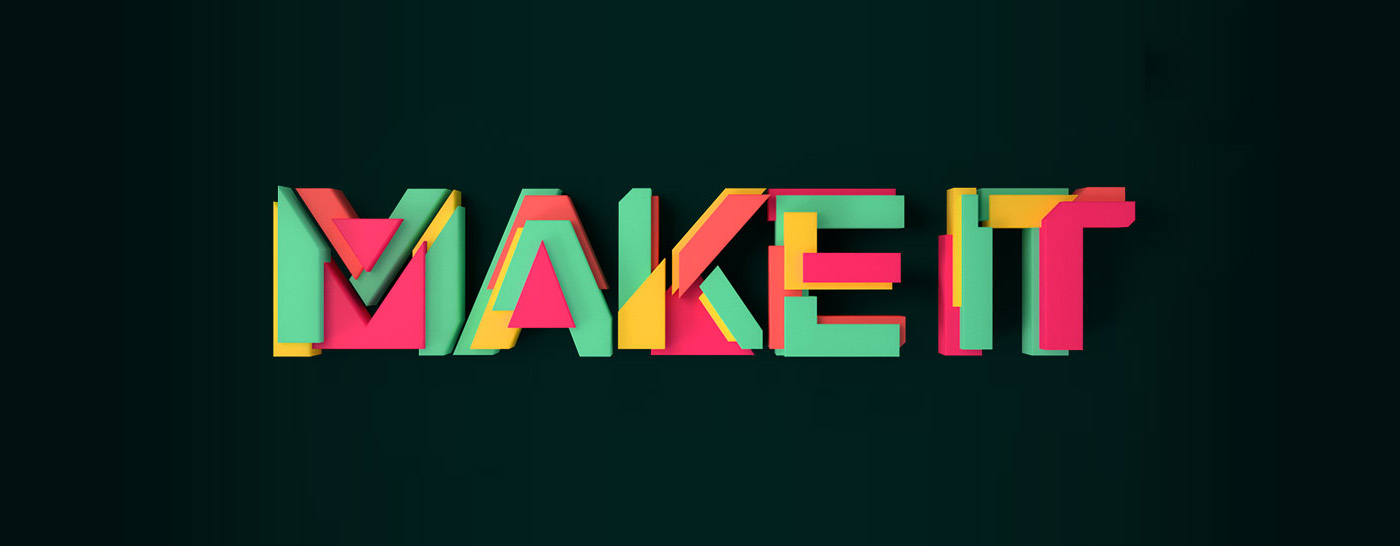Four years ago, a life-changing event set Fiona on a path of discovery which she shared with us all at our latest Freckfast.
How many times have you made a New Year’s resolution to eat healthy? I know I have, but often my good intentions have fallen by the wayside. Four years ago, though, something happened to change all that. I was placed in the isolation ward at Royal Prince Alfred hospital for a week followed by five months recovery at home. Six months after my hospital stay, I was diagnosed with multiple sclerosis. This life-changing event motivated me to set out on a journey to assist with my medical management. I did extensive research; I was looking for a diet to heal, stabilise and recover.
There’s a lot of conflicting information out there but, for me, the big find was GUT HEALTH. Guts are amazing! They are core to our health and wellbeing, influencing everything from the function of our immune system to mental health and energy levels. Did you know that your gut is home to some 1000 different types of bacteria and serves as your number one defence against all disease? Like I said, amazing!
I discovered that all sorts of conditions can be due to a leaky or bad gut: gas, bloating, IBS, food intolerances, seasonal allergies, regular infections, colds and flu, chronic fatigue, depression, anxiety, eczema… the list goes on. More often than not, food is to blame. Excessive consumption of many things like alcohol, caffeine, sugar, gluten, dairy (from cow’s milk) and processed foods can alter your gut flora triggering chronic inflammation. I used to think of inflammation as the swelling and pain caused by arthritis or a sprained ankle. I now know that it is an underlying cause of some of the world’s major health problems and chronic diseases, multiple sclerosis being one of them.
So, what can you do to beat inflammation? A good way to start is by trying to maintain a healthy pH within your body by eating more alkaline foods. This doesn’t have to mean huge changes to your diet. Something simple like adding lemon to your water every morning can make a big difference. It’s one of the many tips in the book Love Your Gut by Sally Joseph (a good friend of our Director Tiff!). Sally’s book also contains recipes and a 2-week restart programme. I highly recommend it.
With so much information about the best diet to follow splashed across our screens, it can be difficult to make a choice. On the Daily Mail website, there seems to be a different article about diet and health every day. One day we are encouraged to eat meat, but the next day it is all about salmon. Then we are told to eat oily fish for glossy hair, sweet potatoes for healthy skin, kale to boost collagen. Paleo, Raw, Atkins, Ketogenic… there’s no end to it.
My preferred option has to be the Mediterranean diet, and this is not just because I am married to one spunky Sardinian! Although, Sardinia just so happens to have one of the highest populations of centenarians in the world… No, I like the Mediterranean diet because it is a really easy food plan to follow, plus it’s totally delicious! I include lots of olive oil along with plant-based foods, fresh fruits, beans, nuts and whole grains. The diet also comprises fish, poultry, eggs and a small amount of red meat. And – wait for the best part – WINE! Everything in moderation 😉
I believe that making important changes to my diet has really helped me manage my MS symptoms. And I think eating well can make a difference to everyone. In Australia, obesity has doubled in the past 30 years. We’re now officially ranked as one of the fattest nations in the developed world. Beyond the individual health risks and quality of life associated with obesity, take a look at the huge economic burden it generates (financials are, after all, my area of specialisation!) In 2008, the Australian Bureau of Statistics estimated the total annual cost of loss of productivity and carers’ costs due to obesity to be around $58 billion. Whatever happened to everything in moderation?
So, time for change. Will it be easy? Nope. Worth it? Absolutely!
Fiona cracks us up at Freckfast, held at Quattro Passi in Darlinghurst







